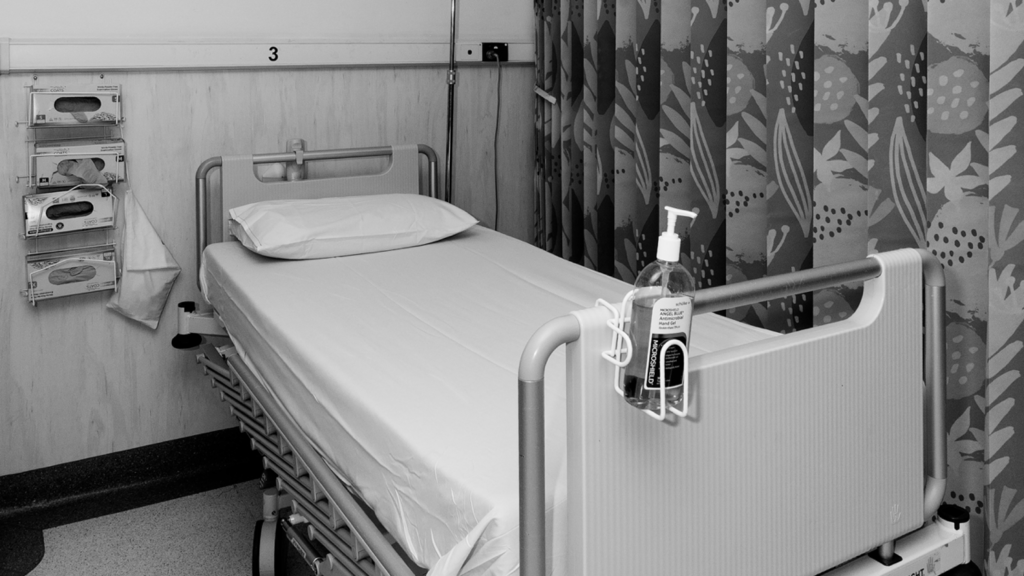Average Emergency Department cost per weighted activity unit
Rationale
This indicator is a measure of the cost per WAU compared with the State target as approved by the Department of Treasury, which is published in the 2024-25 Budget Paper No. 2, Volume 1.
The measure ensures that a consistent methodology is applied to calculating and reporting the cost of delivering Emergency Department (ED) activity against the state’s funding allocation. With the increasing demand on EDs and health services, it is important that ED service provision is monitored to ensure the efficient delivery of safe and high-quality care.
Target
The 2024-25 target for average ED cost per WAU is $7,777. Improved or maintained performance is demonstrated by a result below or equal to target.
Results
| Year | Target | Actual | |
|---|---|---|---|
| Years 2023-24 | Target $7,777 | Actual $8,753 |
|
| Years 2022-23 | Target | Actual $8,405 |
|
| Years 2021-22 | Target | Actual $7,630 |
|
| Years 2020-21 | Target | Actual $7,353 |
|
Commentary
EMHS delivered average emergency department (ED) cost per weighted activity unit (WAU) at $8,753 per WAU. This is $976 above the 2024-25 target of $7,777 and $348 higher than the actual average cost of $8,405 in 2023-24.
The continuing upward trend in results across the four financial years reflects an overall increase in presentations to emergency departments and increased acuity of those attending emergency departments, alongside the increased staffing costs, particularly due to the 24 hours per day, 7 days per week, 365 days per year nature of emergency care services.
Period: 2021-24 – 2024-25 financial years
Contributing sites: Armadale/Kelmscott Memorial Hospital, Royal Perth Hospital, St John of God Midland Public Hospital
Data source: OBM allocation application; Oracle 11i financial
system; Emergency Department Data Collection (EDDC)
Outcome one // Efficiency KPI // Service two: Public hospital emergency services

